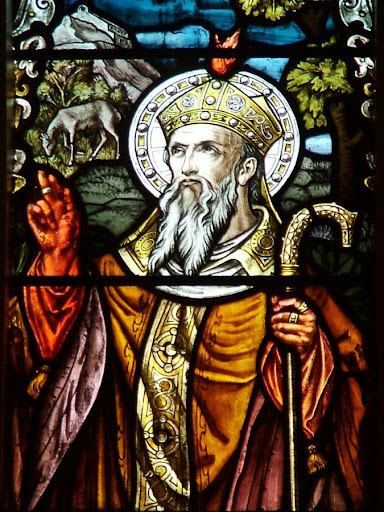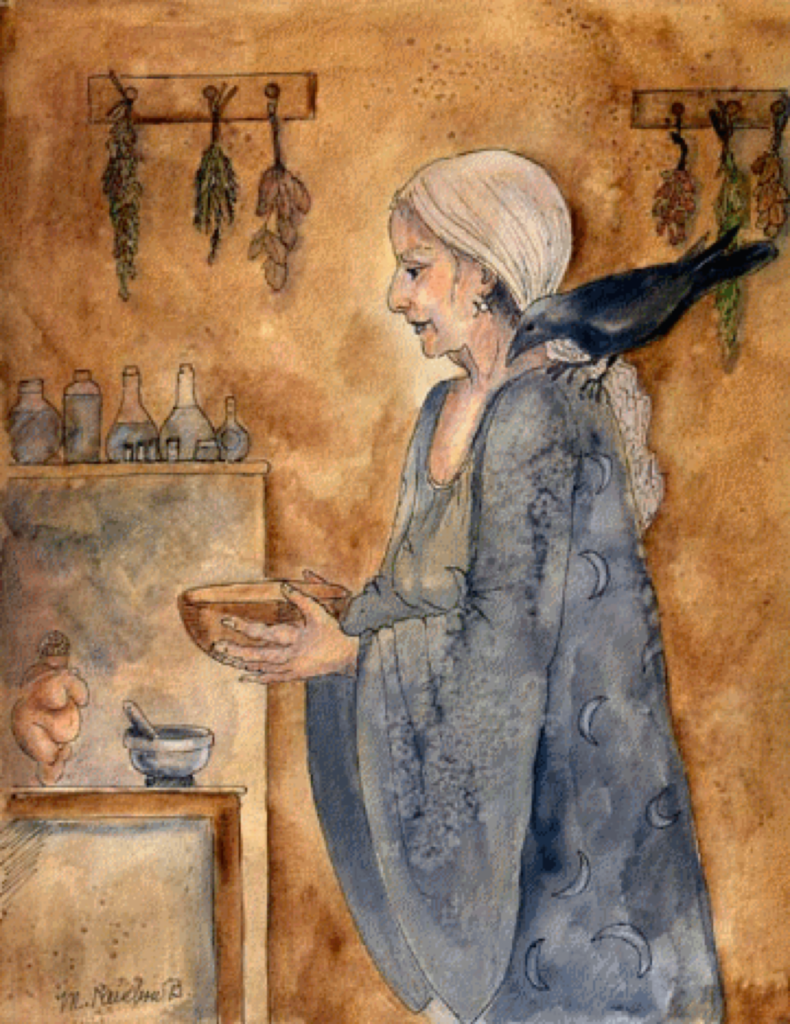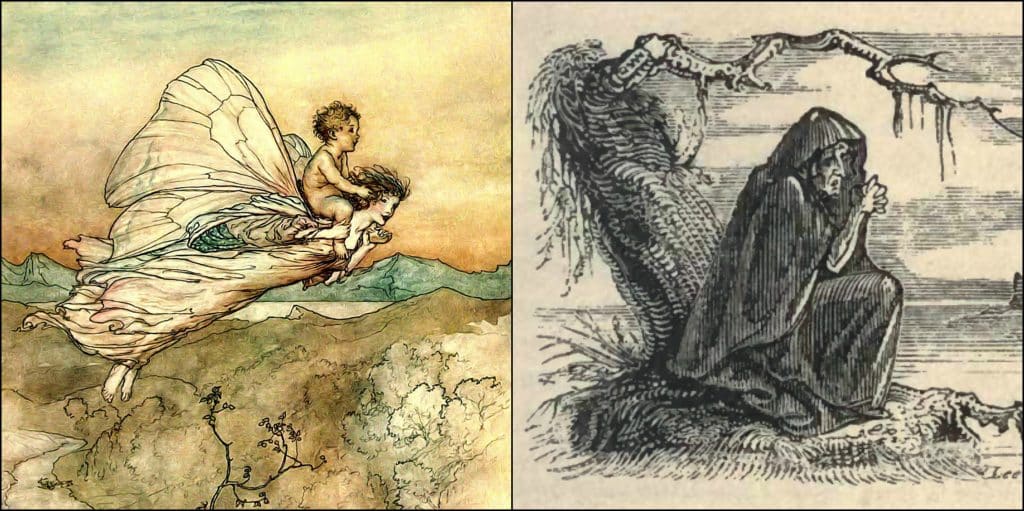5 Mysterious Cork Myths and Fairytales
Cork, a county steeped in rich history and folklore, holds within its bounds a treasure trove of myths and fairytales that have been passed down through generations. While some of these tales may be familiar, there are countless others that remain hidden gems, waiting to be discovered. This week we wanted to share 5 myths and fairytales from Corks history that may surprise you.
The Giant Mac Mahon:
Legend has it that deep within the lush forests of Cork, there once lived a fearsome giant known as Mac Mahon. Towering over the landscape, Mac Mahon was said to be both protector and menace to the people of Cork. He is described as having a grotesque face and a flowing red beard and one of his tales is that he stole young Irish boys and trapped them in his seaside palace where they had to serve the needs of the giants. Sone towns in Cork surprisingly claimed him as their guardian spirit in the old days. You can learn more about him on this blog post by clicking here.

The Goddess Clíodhna:
In ancient times, Cork was said to be under the protection of the goddess Clíodhna, whose name means “shapely” or “beautiful.” Revered for her beauty and wisdom, Cliona was believed to watch over the land and its people, bringing prosperity and fertility to those who honoured her. Her presence can still be felt in the rolling hills and serene valleys of Cork to this day.
On a more mystical note, she has been known to have many diverse kinds of roles in Irish mythology being thought of as the Queen of the Munster Fairies in North Cork, a shapeshifter, the daughter of Mac Lir the Sea God, and even a banshee. Today you can find Carraig Chlíodhna (Clíodhna’s Rock) in Kilshannig just outside Mallow which she is said to reside under, it’s known as the “door to the otherworld.” RTE did a great article about Clíodhna’s which you can read by clicking here.

The Hag of Beara:
One of Cork and Kerry’s most enduring legends is that of the Hag of Beara, a mysterious figure who is said to roam the rugged cliffs and rocky shores of the Beara Peninsula. She is said to be one of the most ancient of mythological beings, appearing as an old crone who brings winter with her when she appears and who wields incredible power over life and death and harvest health.
One of her names Boí, gave rise to the name Oileán Baoi, Dursey Island, located at the tip of the Beara peninsula, which was her home. She is thought to be the second side to the goddess Bridgit, and to rule the months between Samhain (the first day of winter marked on November 1st) and Bealtaine (the 1st of May and the first day of summer), while Bridgit rules over the summer months. You can learn more about the Hag of Beara if you’re interested on the website The Irish Place by clicking here.

St. Finbarr:
The patron saint of Cork, St. Finbarr is a figure shrouded in myth and legend. Born in the 6th century, Finbarr is said to have founded the city of Cork and established a monastery on the banks of the River Lee. He is often depicted with a bright shining hand, thought of to be touched by God himself. This was said to be so bright that he had to wear a glove to hide it.
His legacy is still clear today in the number of churches, sports clubs, people, and the cathedral named after him. He is also the patron saint of University College Cork whose motto is “When Finbarr Taught, Let Munster Learn.” Some sources claim that he never actually arrived in Cork and that he had a cult that built his following and cathedral here, but the myths beg to differ.
One of our favourite stories concerning St. Finbarr is the one where he founded his first monastic community in Gougane Barra. Legend says that when St. Finbarr first got to Gougane Barra to set up his church, there was a massive serpent creature in the lake called Lú. The creature was a menace and one day after it knocked St. Finbarr’s chalice from his hand, he called it from the depths and banished it forever, when it exited however its huge tail smashed into the valley and created what’s now known as the River Lee.
If you take one of the many walking trails in Gougane Barra today, you’ll see signs everywhere telling you that it’s the beginning of the River Lee as proof! (well, sort of). A local Cork journal the Roaring Water has a lovely write up about this which you can read by clicking here.

The Bean Feasa of the Eyeries:
Deep in the heart of the Beara Peninsula lies the village of Eyeries, home to the mysterious Bean Feasa, or wise woman. Legend has it that the Bean Feasa possesses the gift of second sight, allowing her to see into the future and commune with the spirits of the land, she was seen as to have been touched by the other world. The villagers of course called her by her own name, Máire Ní Mhurchú and one of the first tales that surround Mary involves her swaying the parish priest into liking her, which is surprising considering Christianity at the time would have denounced all related to the other world.
It’s said that the little folk used to steal the priest’s hat from his head whenever he crossed a particular bridge, it happened to him 3 times and each time the hat appeared back on his head as if by magic. He eventually asked Mary if she knew of why, and she explained that the wee folk were playing a trick on him, and that she was fetching his hat for him each time and placing it back on his head as she has the gift of being in two places at once.
From that point, the parish priest finally realised what an affable and kindly woman the Bean Feasa was and began to do her favours when he could. You can read more stories about the Bean Feasa on the Emerald Isle website by clicking here.

From giants and goddesses to saints and wise women, Cork’s myths and fairytales are as diverse and enchanting as the landscape itself. If you want to read an entire book dedicated to Cork folk tales, you can find a great one by Kate Corkery in most bookshops. These stories offer a glimpse into the rich tapestry of folklore that has shaped the identity of Cork and its people for centuries. If these tales have intrigued you, and you want to visit Cork for yourself you can chat to us about taking an English course by clicking here.
